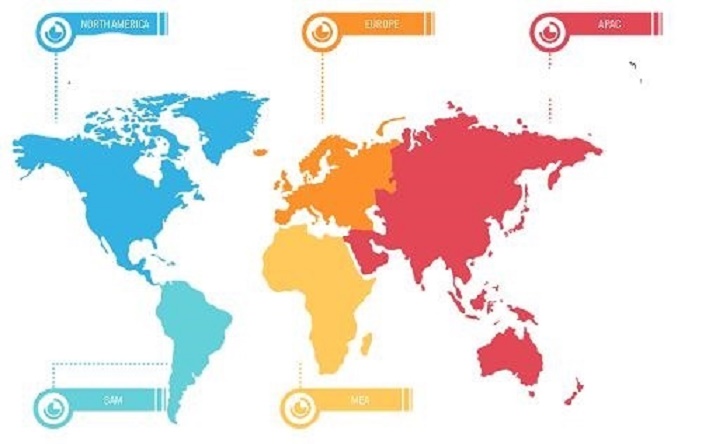Introduction:
In recent years, the marriage of technology and fitness has given rise to a new era of health-conscious living. One of the key players in this evolution is the integration of wearables with fitness apps. Wearable devices, ranging from smartwatches to fitness trackers, are transforming how users monitor, track, and improve their health. In this blog post, we delve into the pivotal role wearables play in shaping the landscape of fitness app development.
1. Seamless Health Monitoring:
Wearables have elevated the accuracy and convenience of health monitoring. Fitness apps integrated with wearables can provide real-time data on crucial metrics such as heart rate, sleep patterns, and physical activity. This seamless integration enables users to receive immediate feedback on their health, empowering them to make informed decisions to improve their overall well-being.
2. Enhanced User Engagement:
The synergy between wearables and fitness apps goes beyond basic health tracking. Wearables contribute to a more immersive user experience, encouraging consistent engagement. Interactive features, such as goal-setting, challenges, and rewards, motivate users to stay active and committed to their fitness routines. As wearables become more sophisticated, developers have a unique opportunity to create engaging and personalized fitness experiences.
3. Accurate Fitness Data:
For fitness enthusiasts, accuracy is paramount. Wearables equipped with advanced sensors and algorithms ensure precise data collection. This accuracy is reflected in metrics like step count, calorie burn, and exercise intensity. Fitness app developers can leverage this precise data to provide users with meaningful insights, fostering trust and reliability in their applications.
4. Integration with Smart Devices:
The role of wearables extends beyond the devices themselves. Many fitness apps now seamlessly integrate with other smart devices, creating a holistic health ecosystem. For example, a fitness app can collaborate with smart scales, smart home fitness equipment, or even smart clothing. This interconnectedness enhances the user experience by offering a comprehensive approach to health and fitness.
5. Personalized Workouts and Recommendations:
Understanding the user’s fitness level and preferences is crucial for delivering personalized experiences. Wearables, through continuous monitoring, collect valuable data on an individual’s activity patterns. Fitness app algorithms can then analyze this data to tailor workout plans and provide personalized recommendations, creating a more effective and enjoyable fitness journey.
Conclusion:
As wearables continue to evolve, their impact on fitness app development is undeniable. The integration of wearables not only enhances the accuracy of health tracking but also opens up new possibilities for engaging and personalized fitness experiences. Developers in the fitness app industry must embrace the potential of wearables to stay at the forefront of innovation and provide users with the tools they need to achieve their health and wellness goals. The future of fitness app development is undoubtedly intertwined with the advancements in wearable technology, promising a more connected, informed, and healthier society.




